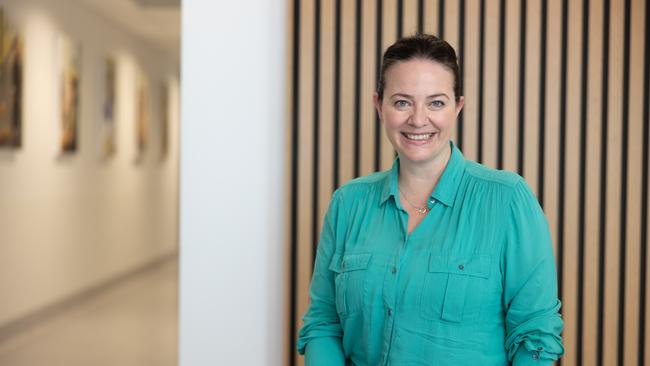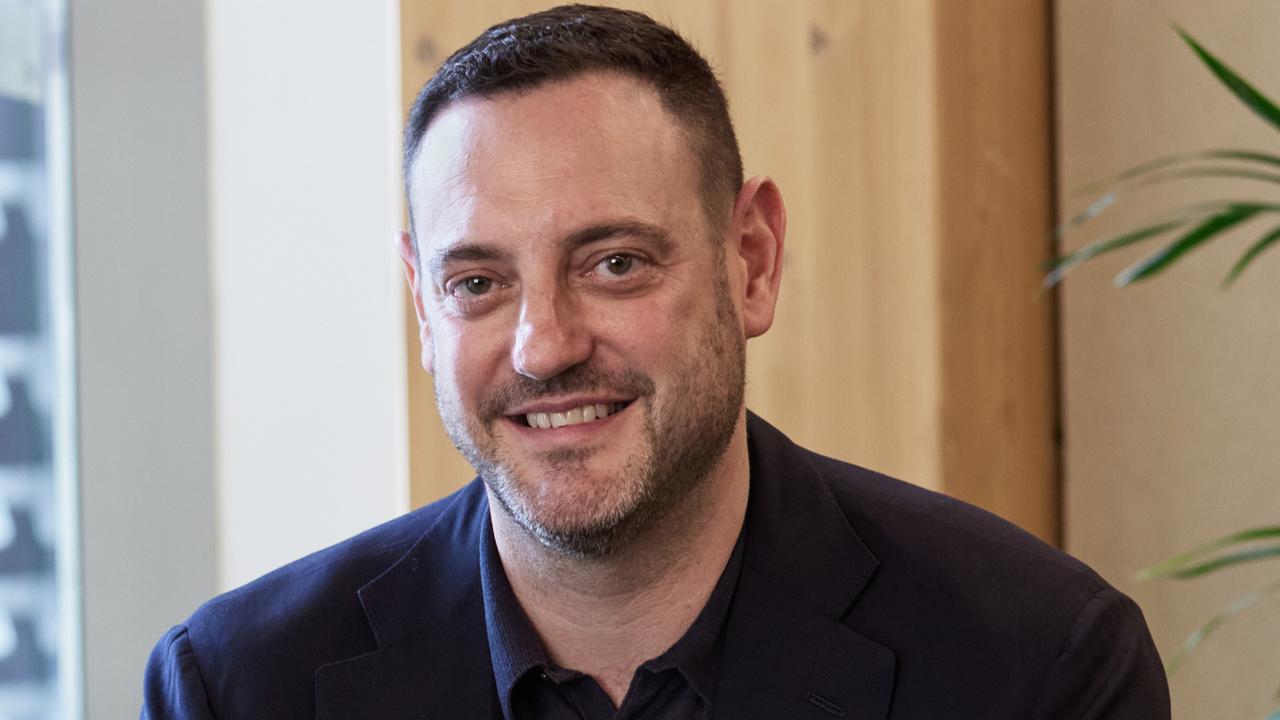Children’s charity borrows from retail sector for story of growth
The Sydney Children’s Hospitals Foundation is looking to the retail sector and its loyalty programs for inspiration as it amps up customer retention strategies following unprecedented growth.

The Sydney Children’s Hospitals Foundation is taking inspiration from the retail sector with a strategy to focus on maintaining relationships with donors.
The strategic shift follows a period of unprecedented growth in which the not-for-profit organisation has consistently increased donations and raised more than $100m.
SCHF chief marketing officer Kate Ferguson told The Australian that the charity’s two annual fundraising events, the Sydney Sick Kids Appeal and the Christmas Appeal, raised $19.3m and $6.9m respectively in 2024.
However, this growth, which included a 126.67 per cent increase alone for the Sick Kids Appeal, had driven the business to focus on the need to maintain strong relationships with donors.
“We’ve proven through our appeals that our acquisition efforts are excellent,” Ms Ferguson said.
“We’ve been bringing in tens of thousands of donors to the organisation through our appeals, but we started to notice quite quickly that we weren’t having really high level levels of retention.
“So we’ve been really focused now on retention.

“For that we’ve been looking to the retail sector and especially loyalty programs, and how we can borrow on the success of that sector, and how they harness technology, digital AI, to build sustained relationships with their cohort.
The SCHF has embarked on “a very big digital transformation project” in a bid to improve its systems and ability to target, engage and retain donors.
“We want to make sure we’re getting the right message to the right audience at the right time to keep them engaged and supporting our message and our mission,” Ms Ferguson said.
The strategy involves deep audience segmentation models that are linked to storytelling to bring together the emotional and rational thinking to drive engagement and donation.
Key to this strategy is SCHF’s director of data and technology, Mark Hong, who joined the organisation in August 2024 and has worked for large organisations including Woolworths, eBay and Telstra.
“We’re really trying to take that corporate retail approach using the same principles, but applying it to the not-for-profit sector,” Ms Ferguson said.
“The sector itself is trying very hard to focus on how we reframe the narrative about the need to run professional organisations which would invest in marketing and data and technology just like any corporate would.
“We often talk about the non-profit starvation cycle, which means we do have this really unrealistic expectation put on a charity that they would spend the minimum amount of money, but spending less money doesn’t deliver more impact.
“If we want to grow our revenue, we have to invest in those critical things, like marketing, like media, like technology and data, and like the expert staff that we’re bringing in to be able to deliver at that high level as any organisation that’s bringing in $100m.”
The SCHF has leaned into its marketing and growth strategy since Ms Ferguson’s arrival in 2020. Her background in brand and strategy with Edelman helped define the approach to group the five different childrens charity brands – including Bear Cottage, Westmead and Randwick Children’s Hospital – together under the one SCHF brand to eliminate market confusion and fundraising crossover.
“When I started at the foundation in 2020, I arrived and we had no brand whatsoever, not even a logo,” she said.
“From a marketing perspective, I inherited a mishmash of five brands, which all had their own fundraising events and none of these events said Sydney Children’s Hospital Foundation. So no one knew who we were.”
Ms Ferguson led a brand renewal project to create a new look and feel website and mission for the organisation.
She also streamlined the fundraising initiatives to two annual events, the Sydney Sick Kids Appeal and the Christmas appeal. Then SCHF launched their first ever brand campaign including paid-for media.
“Traditionally as a charity, we had always relied on the pro bono support of the media industry, but we decided, in order to really grow our brand awareness, we wanted to make that strategic paid media investment,” she said.
“We saw immediate success with the strategy.
“We first launched the Christmas appeal in 2020 and that raised $4.3m, and within two years that had grown to $12m, so it was a really large increase.
“And then we launched the Sydney Sick Kids Appeal the year after in 2021 and in its first year, it raised $3.5m but the next year, we got to $20.8m, and we’ve been able to maintain that level of success.
“So in 2024 we raised just shy of $20m despite the cost-of-living crisis, which we thought would impact that.”
Ms Ferguson attributes the growth to a focus on compelling storytelling. “As a marketer in the not-for-profit sector we’re trying to get people to give us money without anything in return,” she said. “We’re not selling products or services. We need to be able to tell that really compelling story, which gets someone to want to give a donation, and see that it’s really going to have an impact on a sick child and their family.
“If we can make that connection, we’re selling that hope, that optimism, those good feels, that you’ve done something meaningful and impactful.
“That’s a hard task for a marketer but I think that creating that authentic storytelling is a really important part of how we’ve been so successful, and being able to really focus on the impact that we have on our community.”


